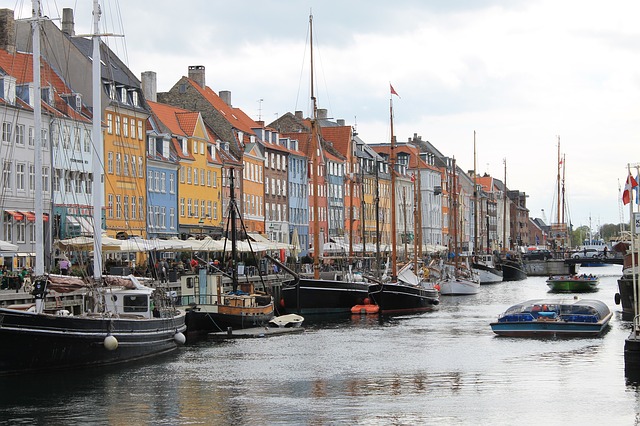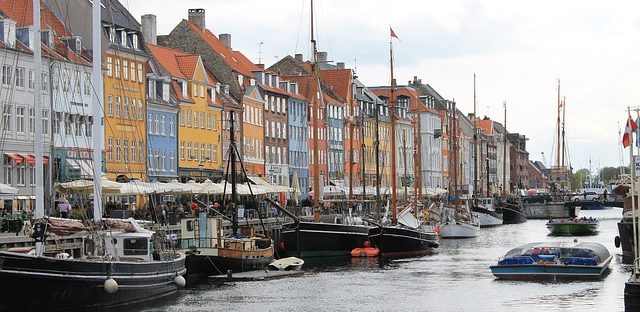- Target: Phase out fossil fuel use entirely in all energy sectors (including transportation) by 2050.
- Status: In progress - In 2011, the share of renewable energy in the transportation mix was less than 1%, compared to a share of approximately 40% in the electricity mix.
- RES: Wind and solar power, combined heat and power systems, renewable forms of heating such as solar thermal, ground-source heat pumps, and wood-based biomass.
- Implementation: Denmark’s domestic energy policy aims at 100% transition of the energy system toward renewable energy technologies by significant expansions of wind and solar power as well as the continued installation of combined heat and power (CHP) systems. In the heating sector, Denmark is expanding the use of biogas, solar thermal, ground-source heat pumps, and wood-based biomass. It plans to increase the use of electric vehicles and public transit. Denmark is relying greatly on fiscal policies (feed-in tariff, a net metering framework, environmental taxes) to achieve its 100% renewable energy objectives. There are taxes on fossil fuels and carbon pollution. This increases the costs of gasoline, diesel, coal, and heating oil but makes the use of local, renewable sources of energy more attractive. There are also tax incentives or cash grants to encourage specific technologies, such as electric vehicles. Also is a focus on energy efficiency which correlates to current EU plans (20% reduction in energy use by 2020). This means increasing energy efficiency in existing buildings via extensive retrofitting and raising the standards on all new construction. To increase broader electrification, Denmark is also converting its wind resources into thermal form (e.g. feeding wind power into the district heating system and into on-site water heaters) as well as into battery storage for the transport system. Solar thermal technologies will supply heat directly into the country’s district heating systems. Denmark also plans to expand the use of renewable energy in its island regions, such as the Faroe Islands. Expansion of transmission links with neighbouring Germany and Sweden will allow more imports and exports of renewable electricity. Good public support for the 100% strategy has been due to a high level of energy and environmental awareness among its citizens and its politicians, cultivated since the 1973 oil crisis (and even before). Denmark also benefits from a small population, a highly educated workforce, and a number of reputable private and public organisations to support the strategy's implementation. Denmark expects planned investments to be around EUR 750 Million, with savings in energy costs of around EUR 920 Million, both by 2020.
- Population: 5,806,015 (2018)
- Area: 2,220,930 km2(857,510 sq mi)
- Link: https://www.theguardian.com/environment/2015/jul/10/denmark-wind-windfarm-power-exceed-electricity-demand

